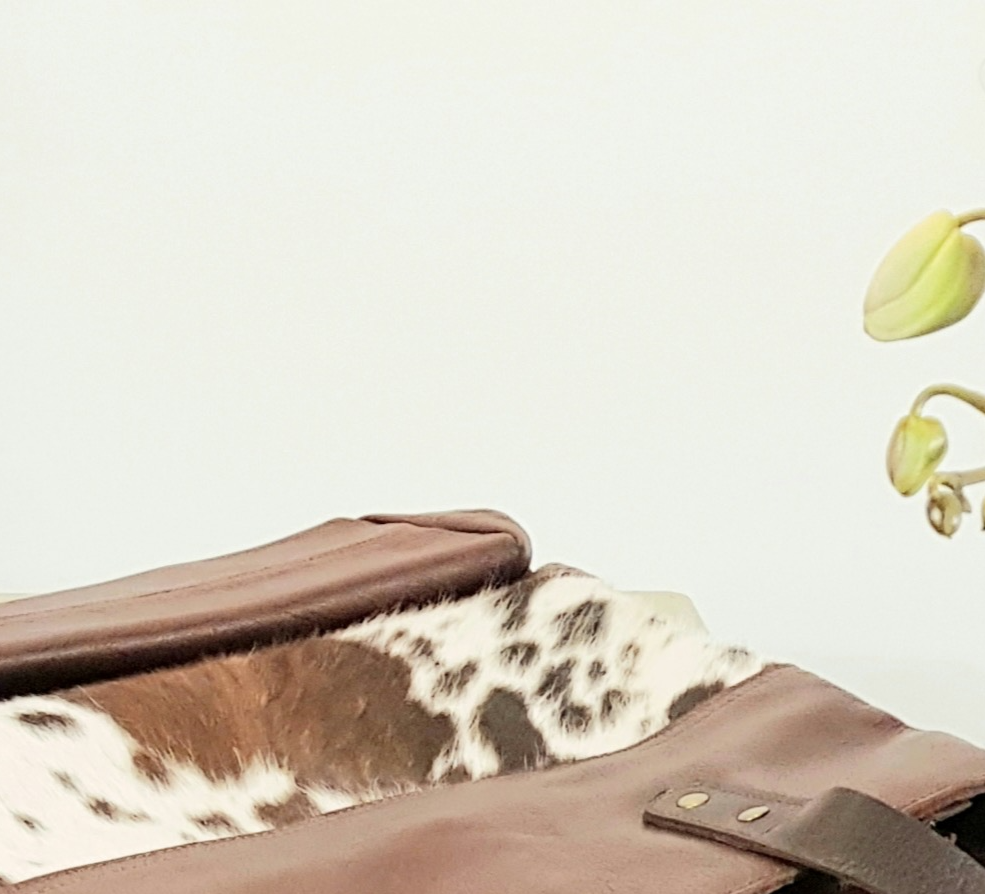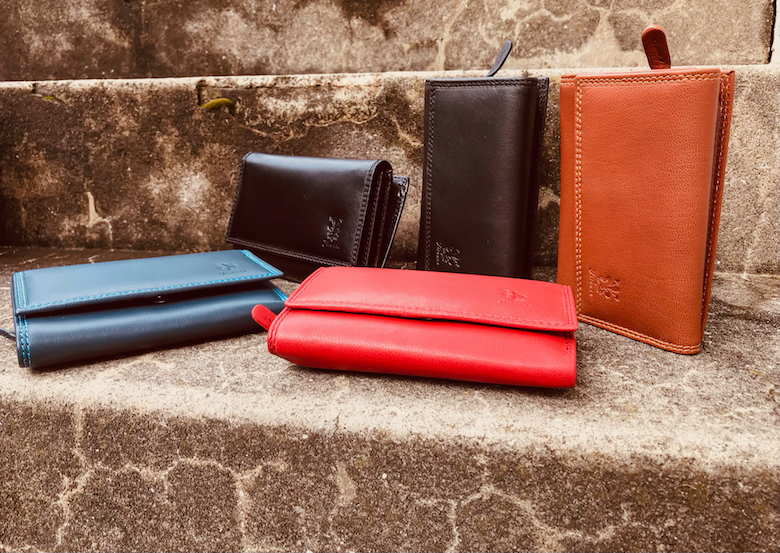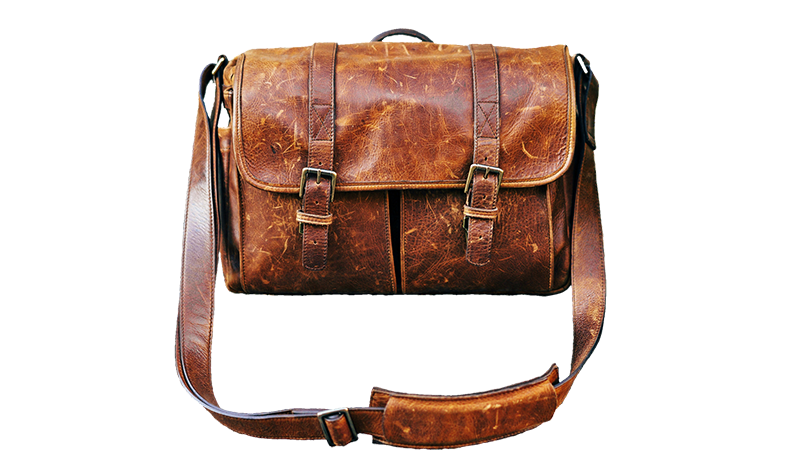How to determine the absorbency of leather
Is Recolouring Balm is the right product for your project or Leather Repair Paint?Is your leather absorbent?
There are many leather types each can have different levels of absorbency. Some may have a protective coating or finish on top that is applied by the manufacturer. These are typically non-absorbent.
Others have no protective coating over them and are typically absorbent type leathers like aniline leather. In addition, there are semi-absorbent like semi-aniline leather.
With so many finished leather types, it may be difficult to know what type yours is.
Why is this important?
Different leather types require different restoration products. A simple water test will determine the absorbency of your leather and help you narrow down the proper products for your leather restoration needs.

STEP THREE: VIEW THE RESULTS.
If the water you placed on your leather beads up on the surface, or rolls along the surface without absorbing in, that indicates you have a non-absorbent type of leather.
If the water immediately absorbs into the leather and even darkens the leather in the absorbed area, that indicates you have an absorbent type of leather.
STEP FOUR: CHOOSE WHICH PRODUCT BEST SUITS YOUR LEATHER.
Essentially, if your leather is absorbent, the Leather Recolouring Balm will work well, or the Leather Dye. If you leather is not, then the Leather Repair Paint is a good choice for you. If you are still unsure get in contact with us and we will be only too happy to assist.

STEP ONE: LOCATE AN UNDAMAGED AREA OF your leather.
We advise to perform a water test on a section of your leather that is undamaged.
That means somewhere where there is no colour-loss, fading, scratching, cracking or scuffs. For accurate results, you want to perform the water test in an area that still has good colour and no damage.
STEP TWO: Apply water to the leather.
Apply one or two drops of water to perform this test, so you may use a spoon or your fingers to apply the water onto your leather. Using too much water can leave a water mark on your leather, so make sure to use only one or two drops when performing this test.


Reparing existing damage
If your leather has already been damaged, the sooner you can repair it the better. We can put you in touch with leather professionals, or we can give you guidance with our Furniture Clinic products, with full instructions. The treatments outlined above are also a good starting place and will help improve the leather.
Minor damages can easily be repaired with our Liquid Leather Repair Resin. It is a coloured filling material which can be used on small holes, tears, deeper scratches and cracks. An alternative is to use our Heavy Filler or Flexifil, depending upon the environment.
Our Leather Recolouring Balm can breathe new life into your old leather, restoring colour and conditioning the leather at the same time. For pigmented leather we recommend the Leather Repair Paint.
Ultimately, prevention is the best medicine so avoid direct sunlight and condition your leather regularly to ensure you will enjoy it for many years to come.
